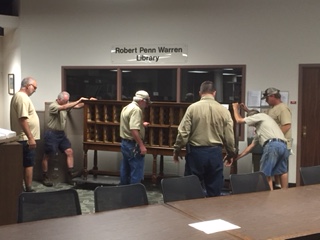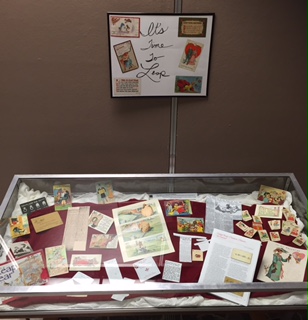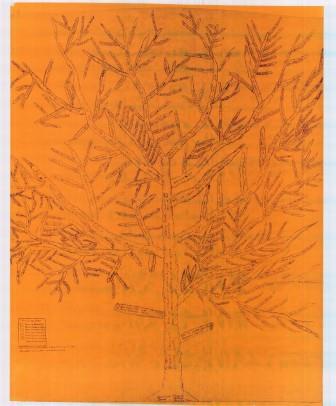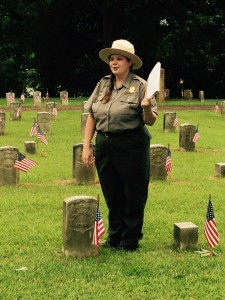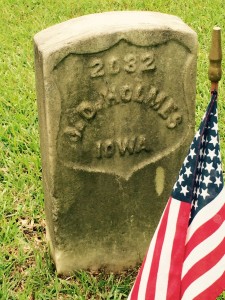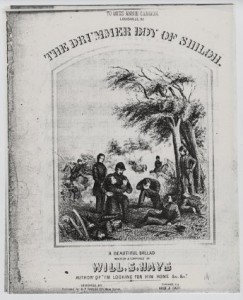Back before the Internet, Kentucky librarians feverishly retyped newspaper stories using carbon paper so they could use filing cabinets to provide access to information and save their one newspaper during the Great Depression. Before KenCat, our online presence for the collection management software, Library Special Collections had catalog cards, typewriters and a lovely old cabinet in which to house hundreds of man hours of meticulous indexing of manuscript collections.
Advancements to that card catalog came with the end of “People, Place, Thing” organization of cards, the alphabetizing by word (not letters, ignoring spaces), the addition of brief title cards for locating unprocessed collections, and the purchase of the electric typewriter with memory. Each improvement decreased the manpower necessary to create the finding aid and increased access, but researchers still had to use it on-site. The Ghostbusters movie where the cards flew out of the cabinet truly gave librarians nightmares.
Yesterday Jonathan Jeffrey bid farewell to an old friend, the Manuscripts Card Catalog. Now researchers worldwide can access that information via KenCat.wku.edu and TopSCHOLAR.wku.edu. It is our hope that soon we can digitize our vertical files so that future generations will not have to come to our Harrison-Baird Research Room in the Kentucky Building to utilize all the precious news clippings and other data sources lovingly filed for 60 years in filing cabinets which I teach our researchers are the “internet of the 1930s.”
For those of you who love antique furniture, you will be please know that the six men it took to remove it (with catalog drawers already removed) from the building said it would be re-purposed in the Gatton Academy.

